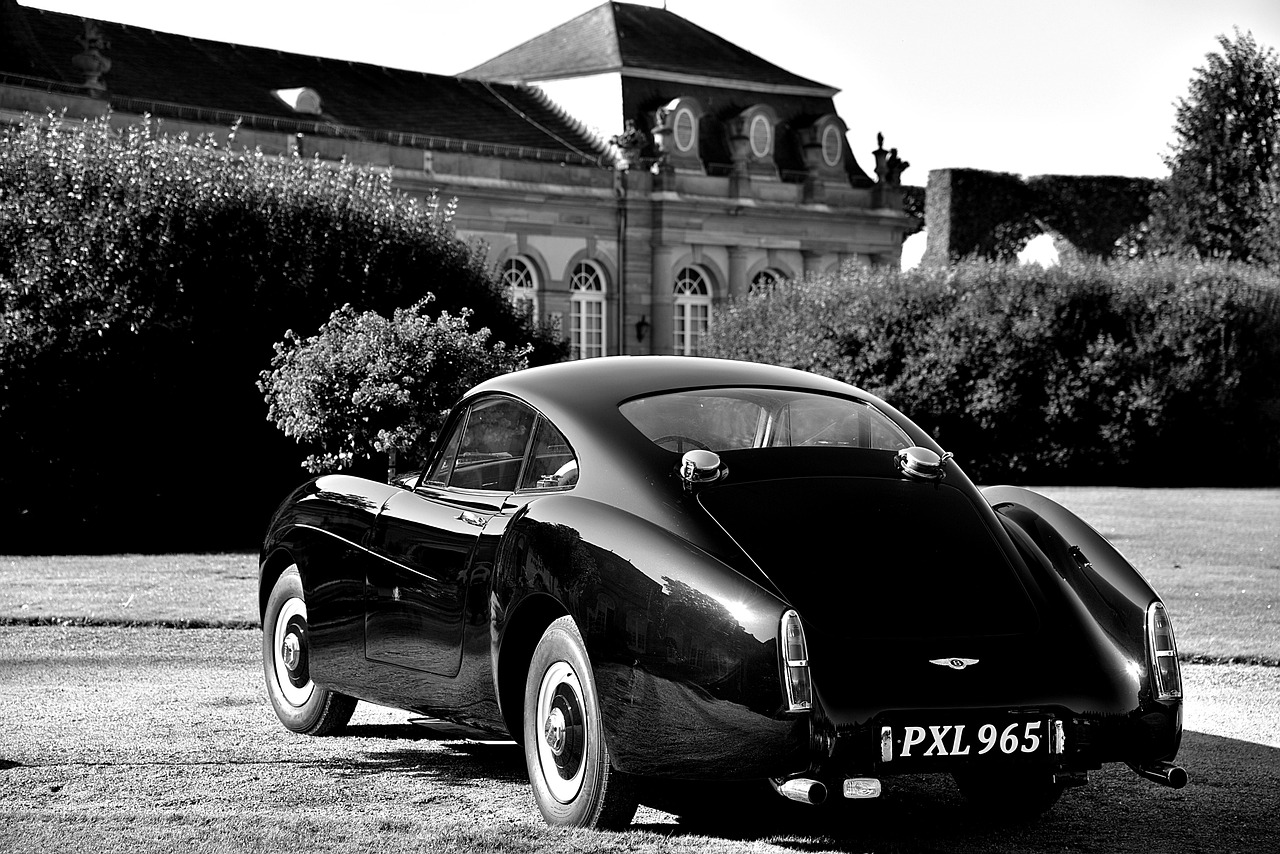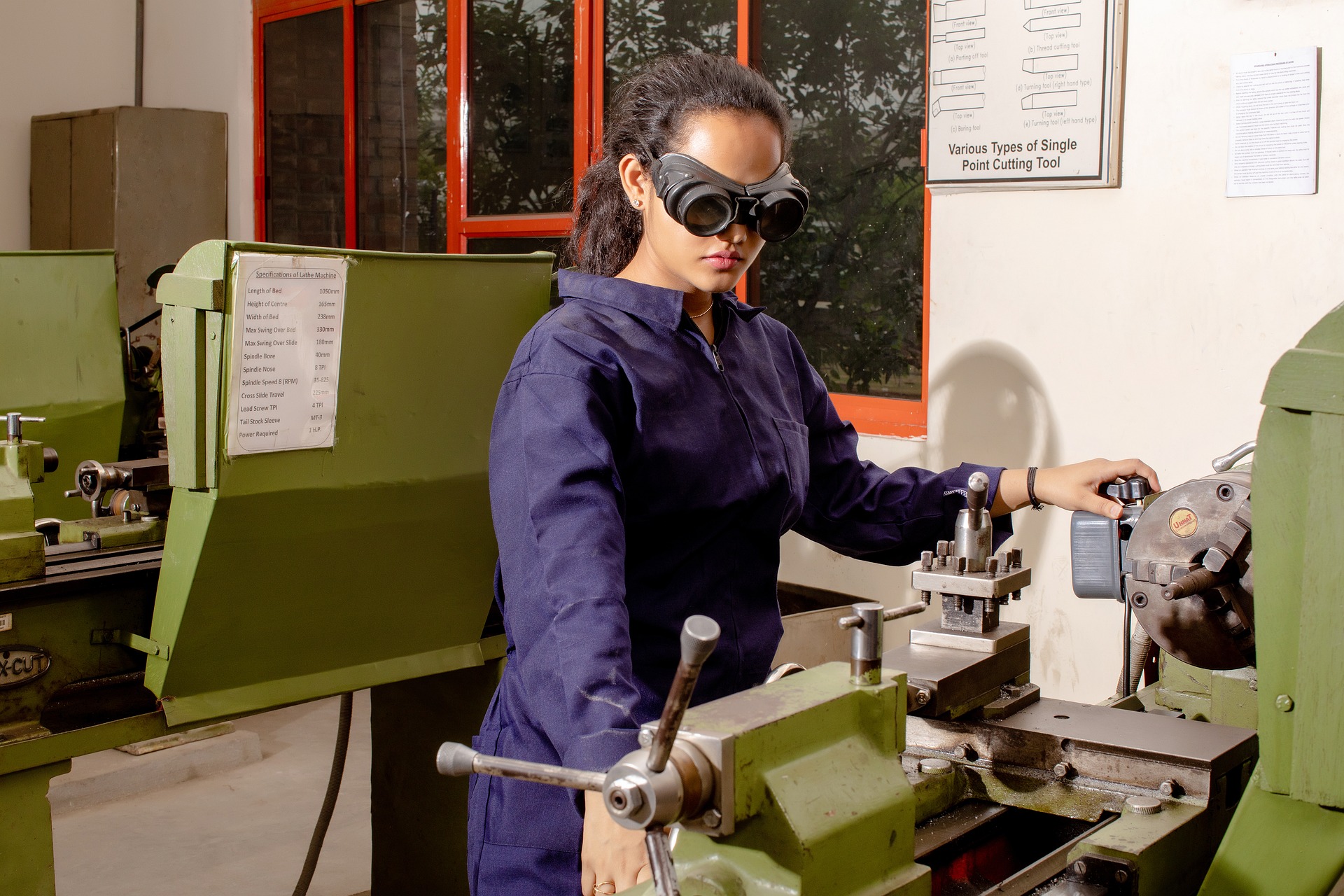Rekindling the Romance: The Resurgence of Classic Car Restoration
Modern automotive technology has driven us to the edge of a new age. But in the rush towards the future, are we leaving behind the charm and character of the cars of yesteryears? This article explores the growing trend of classic car restoration, a movement where mechanics and enthusiasts alike are breathing new life into vintage vehicles.

The History and Evolution of Classic Car Restoration
Classic car restoration has its roots in the mid-20th century when retired race cars and pre-war vehicles were restored for private collections or museums. However, it wasn’t until the 1980s, with the rise of disposable income and the availability of spare parts, that the hobby took off. Today, with the advent of the internet and global shipping, even the rarest parts are just a click away, making classic car restoration more accessible than ever before.
Current Trends in Classic Car Restoration
While the restoration of muscle cars from the ’60s and ’70s continues to be popular, there’s been a noticeable shift towards restoring vehicles from the ’80s and ’90s. This trend can be attributed to nostalgia and the increasing age of these vehicles. Furthermore, a growing number of enthusiasts are blending old and new, retrofitting classic bodies with modern engines and technology, creating a hybrid of sorts that respects the past while embracing the future.
The Impact of Classic Car Restoration
The resurgence of classic car restoration has a significant impact on both communities and the environment. It fosters a sense of community among enthusiasts who share knowledge, parts, and labor. From an environmental perspective, restoring and reusing is a form of recycling, reducing the need for new materials and the energy associated with manufacturing new cars.
The Challenges and Rewards of Classic Car Restoration
Restoring a classic car is not for the faint-hearted. It requires patience, skills, and a significant investment of time and money. Parts can be hard to find, and there’s always the risk that a project could become a ‘money pit.’ But those who undertake the journey often find the rewards outweigh the challenges. There’s the satisfaction of bringing a piece of history back to life, the thrill of driving a unique vehicle, and the potential financial gain, as some restored classics can fetch a high price at auction.
Conclusion
The classic car restoration movement is more than just a hobby; it’s a testament to our love for automobiles and a respect for our automotive heritage. It’s the perfect blend of art and engineering, where every bolt turned and every panel polished tells a story, keeping the spirit of the golden age of motoring alive.





